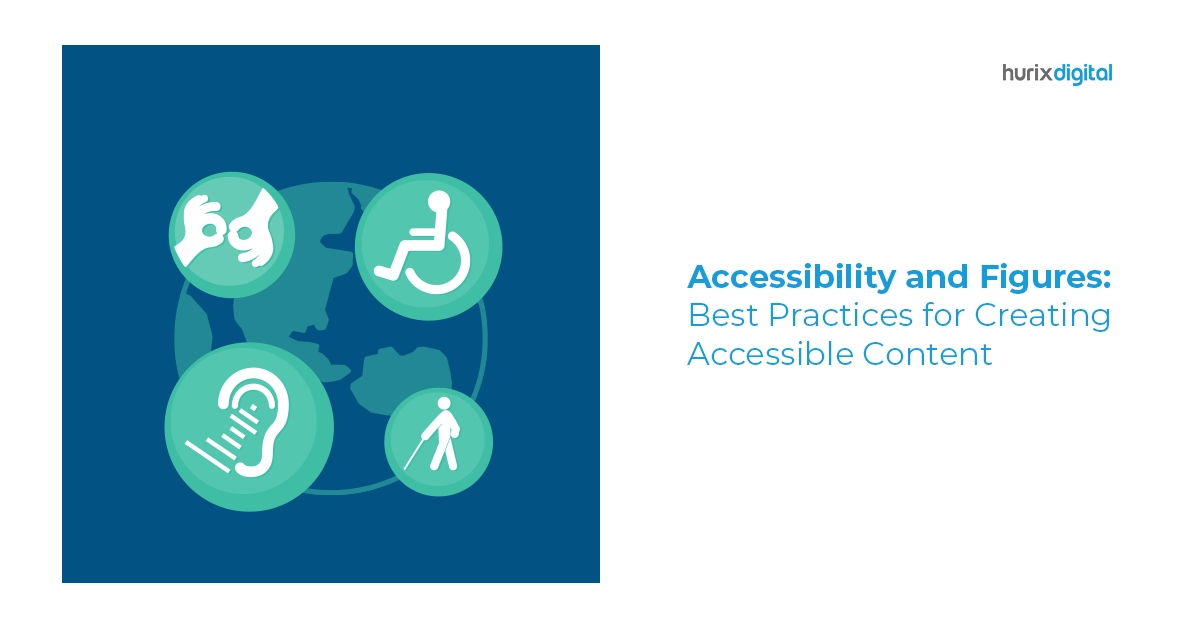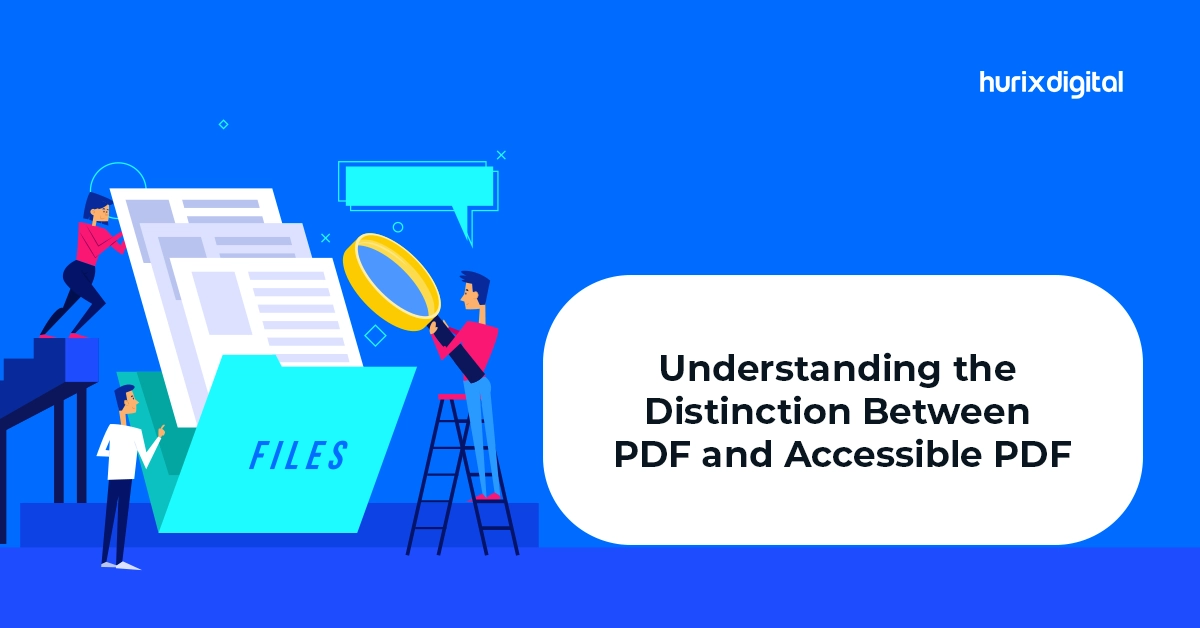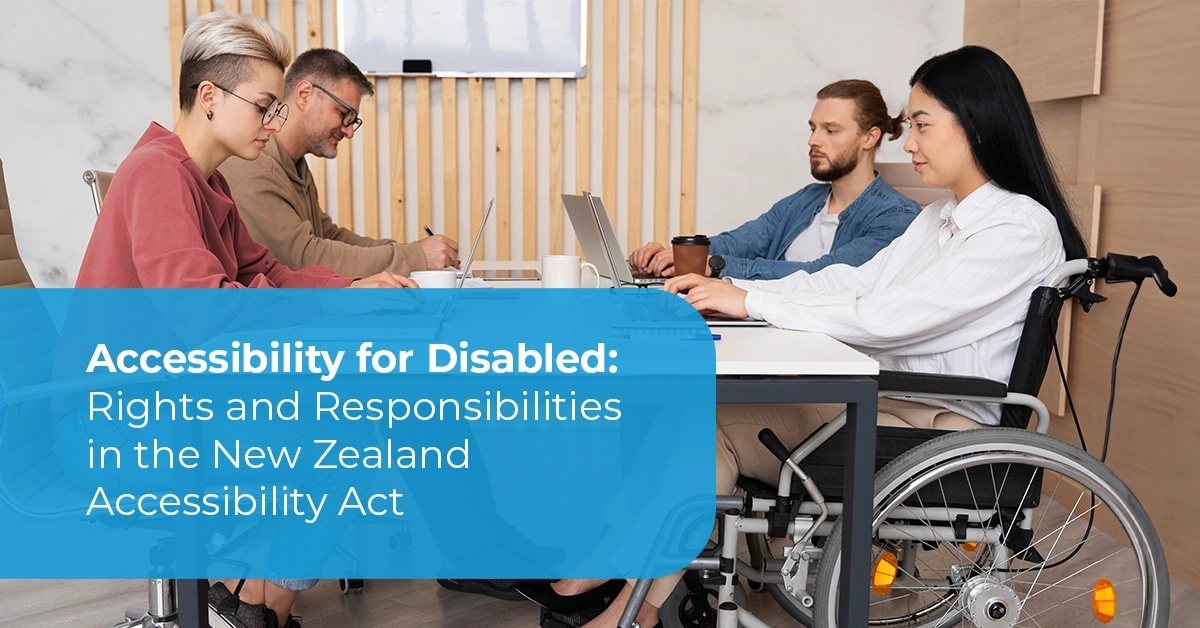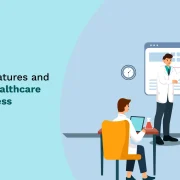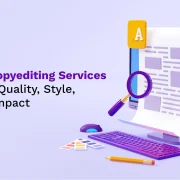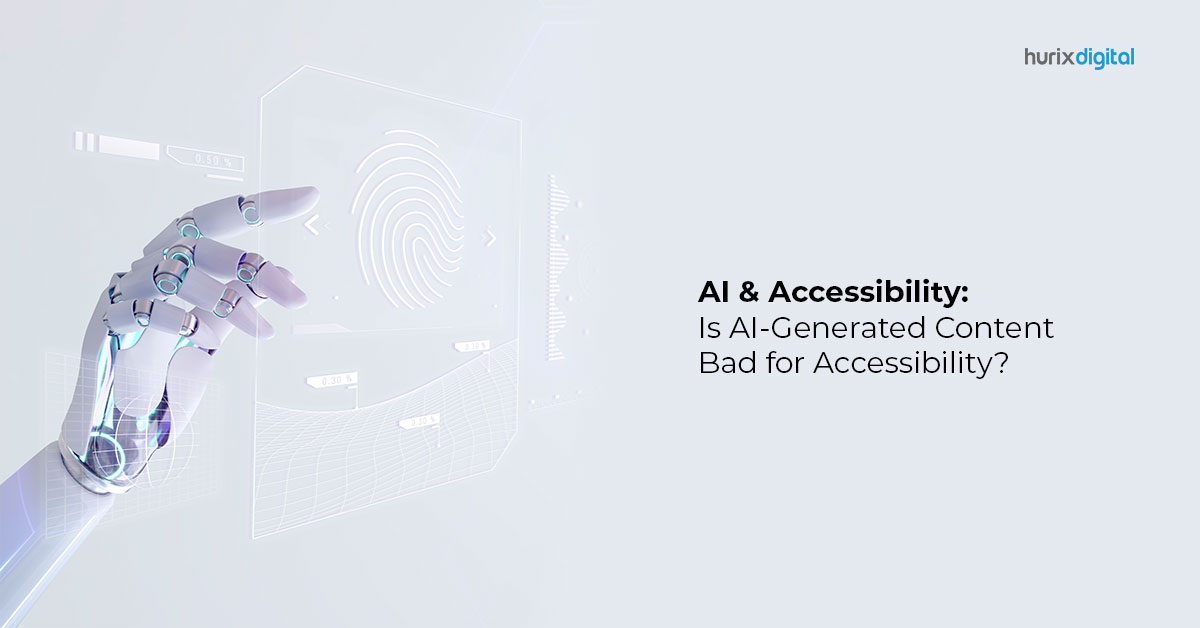
AI & Accessibility: Is AI-Generated Content Bad for Accessibility?
Summary
Explore the implications of AI-generated content on accessibility, including potential challenges and considerations for ensuring content remains accessible to all users.
Content on the internet created by Artificial intelligence (AI) has swiftly gained popularity in recent times. These tools can produce information that resembles the work of a human by using deep learning, a form of machine learning.
Despite numerous criticisms, AI has its own set of pros and cons. However, when it comes to content for websites or apps, you must ensure that curated content is accessible to all users.
This article outlines the role of AI and accessibility in digital content creation, the benefits and challenges of using AI, and whether AI-Generated content is bad for accessibility companies.
Table of Contents:
- Is Al-Generated Content Accessible?
- How Can AI-Generated Content Be Made Accessible?
- Can AI Tools Be Used to Achieve Web Accessibility Standards?
- Challenges of Using AI Accessibility Tools for A11Y Compliance
- Conclusion
Is AI-Generated Content Accessible?
Although deep learning models can produce text with almost flawless grammar, programs like ChatGPT error on a spectrum of AI accessibility testing. They frequently adhere to rigorous guidelines and have little comprehension, which might result in dull, difficult-to-read writing.
Massive, complex text barriers aren’t the best for web users, and they may be particularly bothersome for those who use screen readers, have cognitive disabilities, or other physical constraints. However, by incorporating human review or automated accessibility testing tools, AI-generated content can be made easily accessible.
Also Read: Ethical Considerations in AI-Based Copyediting: Challenges and Solutions
How Can AI-Generated Content Be Made Accessible?
You can employ AI chatbots as a tool rather than a whole method to create web content. Remember always to verify the result for precision and add your perspective.
Further, you can ensure web accessibility standards by placing your attention on the following details:
1. Ensure Clear and Organized Content
Long sentences can make reading difficult. Most instructional materials for writers advise keeping sentences between 20 and 25 words, yet some research indicates that shorter sentences are easier for all readers to understand. Clear content improves A11Y accessibility and benefits every user. Make sure to organize AI-generated content to be accessible to all.
2. Acronyms and Abbreviations Should Be Defined
Your content can be made simpler and easier to understand by using abbreviations. A screen reader cannot read acronyms; instead, it reads them out phonetically, which could come off as an amalgamation of consonants.
Undefined acronyms can be an issue for those who use screen magnifiers, struggle with memory, or have specific neuropsychological impairments. Hence, define abbreviations at least once to attain web accessibility standards.
3. Make Sure All Images Have Alt-Text or Image Alt Tags
People who use screen readers can benefit from adequately described alternative text added to photographs. It helps them better grasp the context of the graphic in conjunction with the content your web page delivers. You need to provide factually correct and accurate information to avoid confusion.
4. Break Longer Content Into Subheads
Long texts should be broken up using subheadings, numbered lists, and graphics. This not only helps those who struggle with dyslexia, autism, and other cognitive impairments, but it also makes reading a better experience for all readers.
Make sure to include proper HTML. If you don’t use header tags to indicate your subheadings, a screen reader user cannot navigate your website easily.
Can AI Tools Be Used to Achieve Web Accessibility Standards?
AI accessibility tools are vital in improving web spaces for people with disabilities. Though manual testing is a pre-requisite to achieve A11Y compliance, AI tools can be of huge success for carrying out quick and budget-friendly tasks.
Here are some ways in which AI accessibility tools can help organizations ensure accessibility for websites.
1. Use Automatic Captioning for A11Y Standards
To make your content accessible, captions are necessary. If your media doesn’t include proper subtitles, several individuals with hearing impairments or others who browse the web silently won’t find it helpful.
Automatic captioning tools transform speech into text and are growing more effective. Linking word pronunciations in the training information allows machine learning models to reduce inaccuracies.
2. AI Tools Can Generate Markup and Code for A11Y Compliance
Many individuals browse the web with assistive technology (AT), such as screen readers. These tools are dependent on markup. AI technologies are made to translate natural language to code, which makes the job easier.
However, human review is required to overcome inaccuracies. AI models can lessen the workload of talented developers, thus removing a significant barrier to A11Y accessibility.
3. Image Identification Tools Can Enhance the User Experience for Web A11Y
A frequent accessibility concern is the absence of alternative text for images (also known as alt text or alt tags). All non-text content must comply with WCAG standards and include alternative text that allows users to comprehend the meaning of visual content without actually seeing it.
Text extraction, image content identification, and image moderation can be done using AI models. However, AI image descriptions must be accurately represented to be beneficial, much like subtitles and markup.
Also Read: Accessibility Checker: Is Your Website Accessible?
Challenges of Using AI Accessibility Tools for A11Y Compliance
Accessibility for websites may be made simpler by artificial intelligence (AI) technologies, but these tools have some limitations. They cannot make decisions, deliver error-free data, and genuinely comprehend the experiences of people with impairments.
Machine learning models will become essential tools as they advance. They may significantly lessen the workload associated with accessibility, but supervision by humans is still necessary. However, you must consider your users at every level of the approach if you want to design products that are useful to real people.
AI accessibility tools can be helpful, but you should not completely rely on them when implementing an accessibility strategy due to the increase in accessibility litigation each year. The advantages of accessible design significantly exceed the expenses. By giving users with disabilities a top priority, your company will be well-positioned to gain from the AI revolution.
Conclusion
Though there are some challenges in AI-generated content to pass A11Y testing, you can overcome these errors by human supervision. AI for disabilities can help individuals benefit greatly by gaining access to resources and services. These tools can increase the precision and effectiveness of accessibility solutions, enhancing their application for users.
If you are on the lookout to make your website or app accessible, get in touch with the experts at Hurix Digital for valuable advice. Hurix Digital provides a wide range of A11Y compliance services to make your website accessible and improve your brand image. Get in touch with Hurix Digital to get started now!

Vice President – Content Transformation at HurixDigital, based in Chennai. With nearly 20 years in digital content, he leads large-scale transformation and accessibility initiatives. A frequent presenter (e.g., London Book Fair 2025), Gokulnath drives AI-powered publishing solutions and inclusive content strategies for global clients

